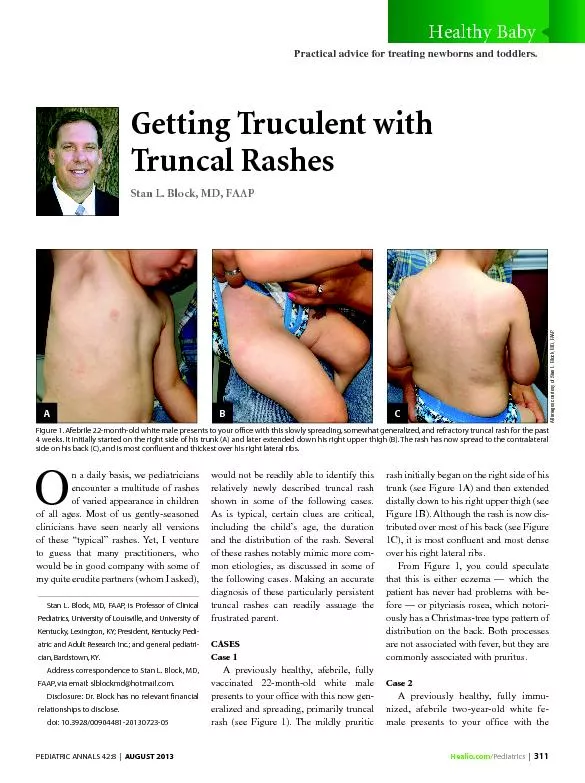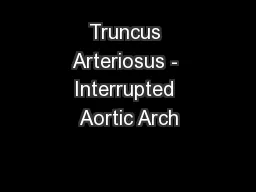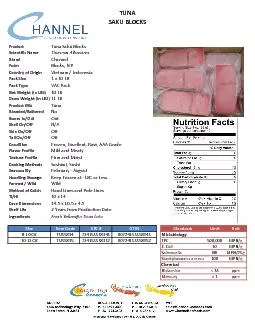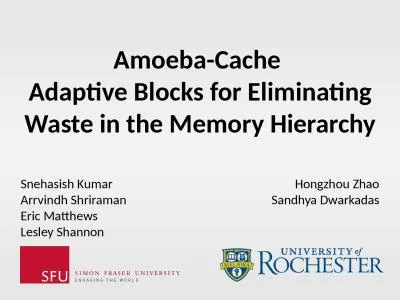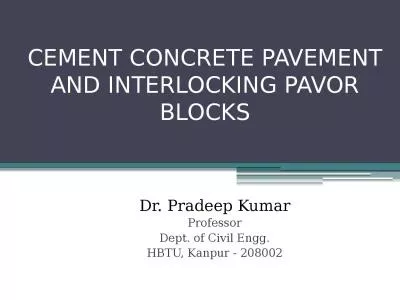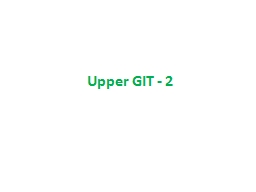PPT-Truncal Blocks دکتر مهرداد نوروزی
Author : boyplay | Published Date : 2020-06-16
دانشیار بیهوشی و فلوشیپ درد دانشگاه علوم پزشکی کرمان PARAVERTEBRAL BLOCK ANATOMY The paravertebral PV space is a wedgeshaped
Presentation Embed Code
Download Presentation
Download Presentation The PPT/PDF document "Truncal Blocks دکتر مهرداد ن..." is the property of its rightful owner. Permission is granted to download and print the materials on this website for personal, non-commercial use only, and to display it on your personal computer provided you do not modify the materials and that you retain all copyright notices contained in the materials. By downloading content from our website, you accept the terms of this agreement.
Truncal Blocks دکتر مهرداد نوروزی: Transcript
Download Rules Of Document
"Truncal Blocks دکتر مهرداد نوروزی"The content belongs to its owner. You may download and print it for personal use, without modification, and keep all copyright notices. By downloading, you agree to these terms.
Related Documents




